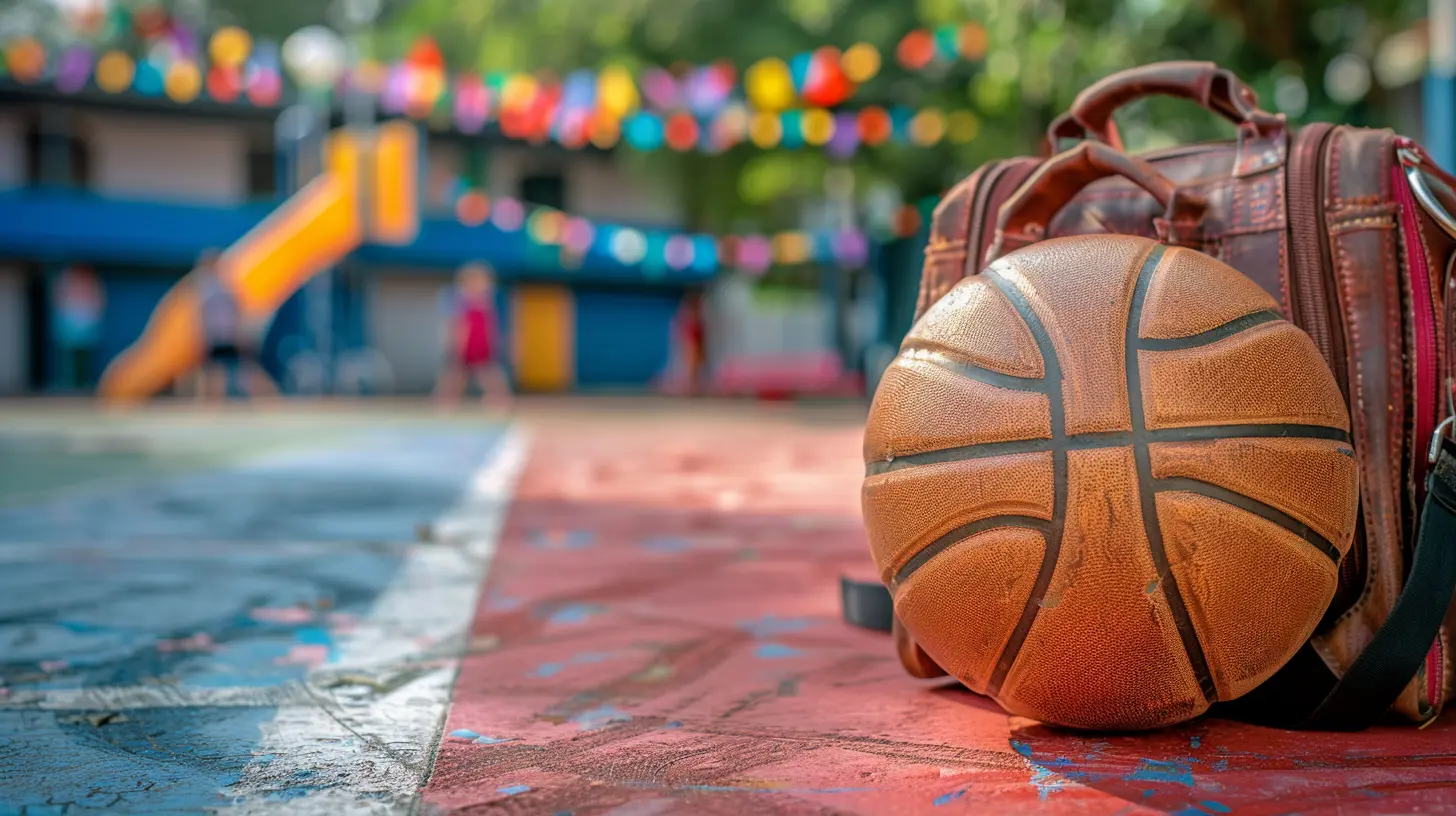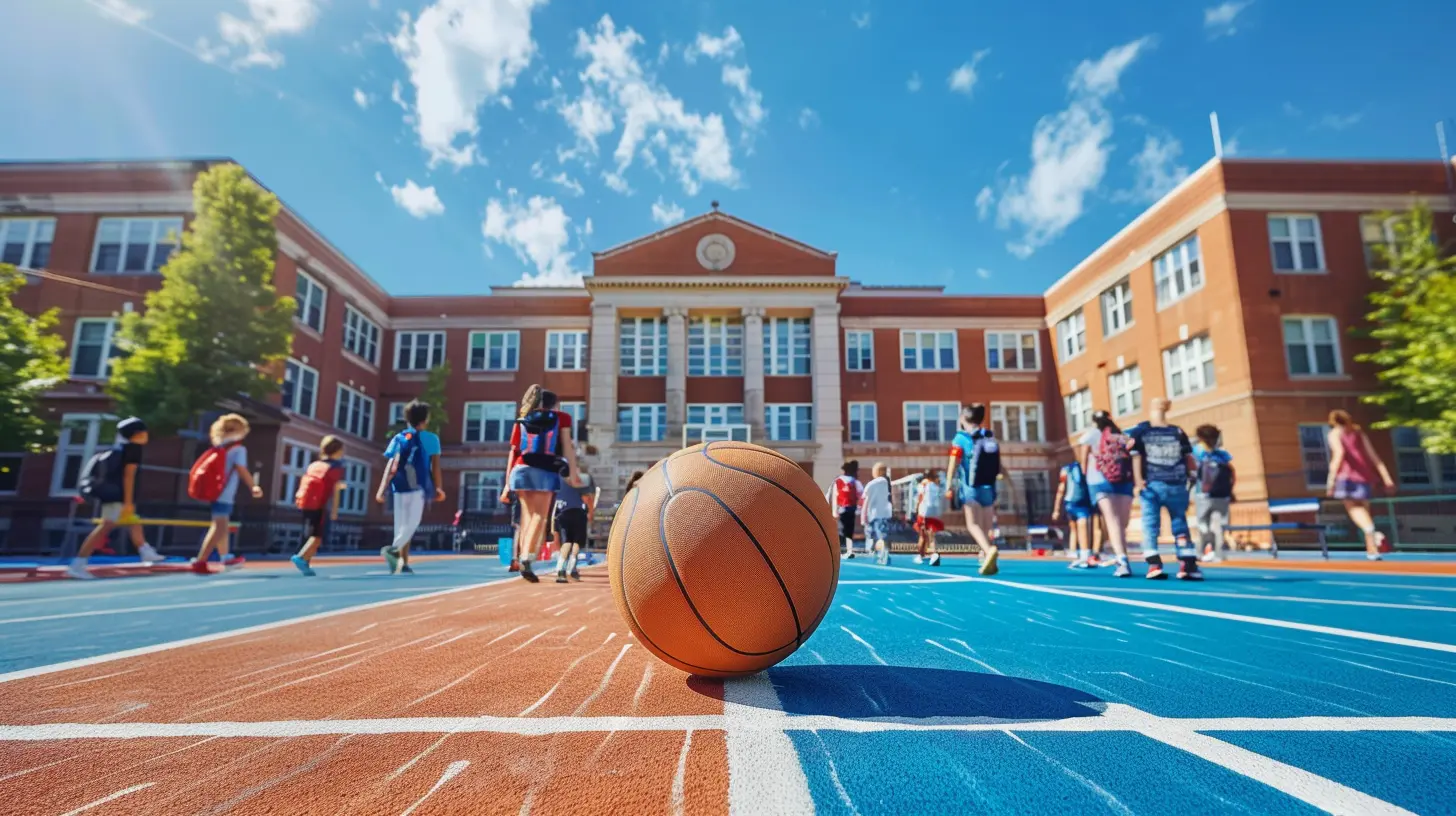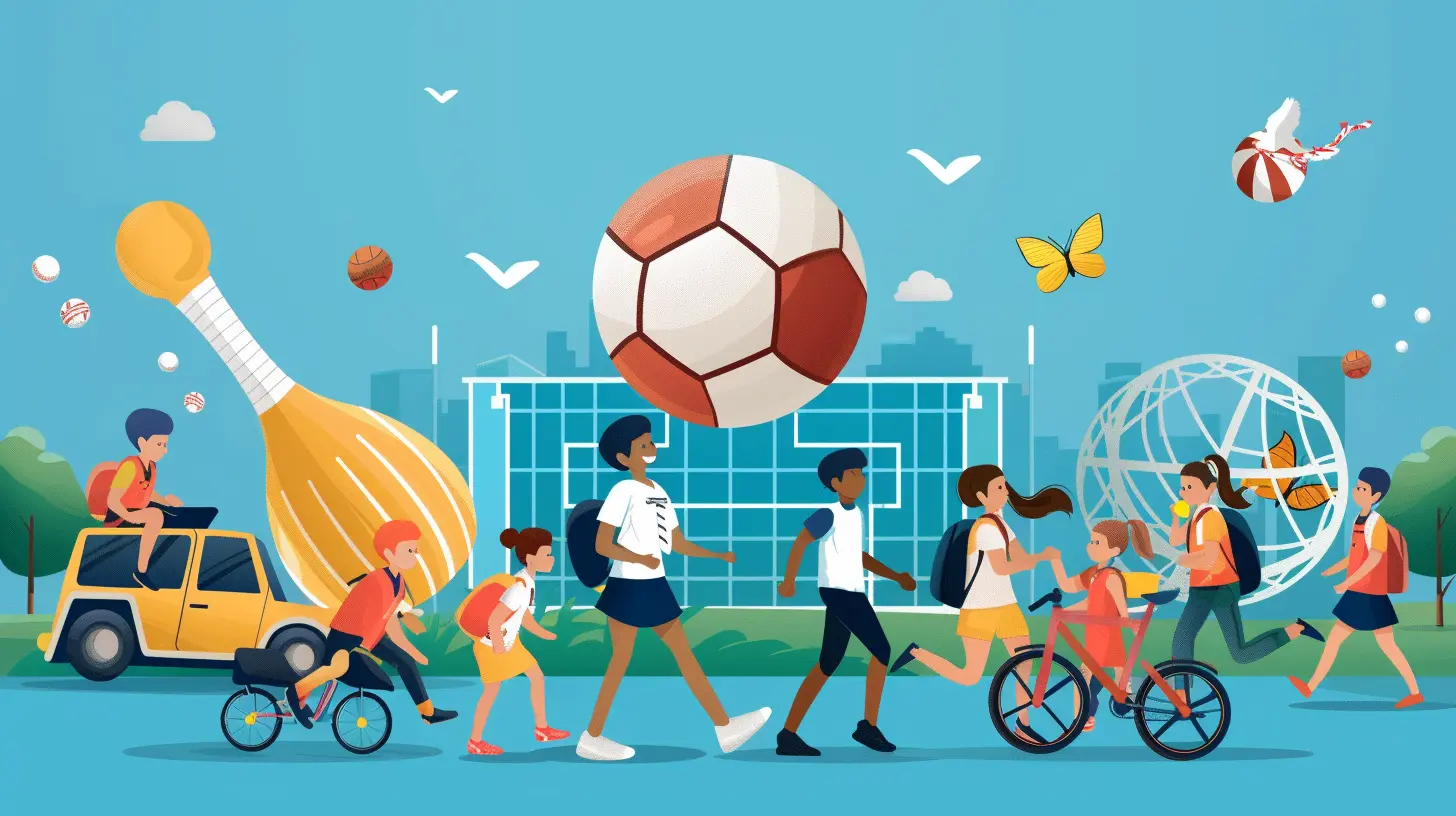How School Funding Affects Extracurricular Activities and Sports
22 June 2025
When we think about school, we often picture classrooms, textbooks, and maybe even the occasional pop quiz. But school is so much more than academics. For many students, extracurricular activities like sports, music, drama, and clubs are a huge part of their experience. These activities provide opportunities for personal growth, teamwork, and even college scholarships. But here's the catch: extracurricular activities and sports often depend heavily on school funding.
Yep, that’s right. The money a school has can make or break the extracurricular experience for students. Let’s explore how school funding plays a critical role in shaping these opportunities and why it's a topic that deserves more attention.

The Importance of Extracurricular Activities and Sports in Education
Before diving into the nitty-gritty of school funding, let’s first establish why extracurricular activities and sports are so important in the first place.Building Life Skills
Extracurricular activities are not just about having fun (although, let’s be honest, they are pretty fun). They help students develop essential life skills—things like teamwork, leadership, time management, and perseverance. Whether it’s learning how to work as part of a team on the soccer field or taking the lead in organizing a school play, these experiences help shape well-rounded individuals.Academic Performance Boost
Believe it or not, participating in extracurricular activities can actually improve academic performance. Studies show that students engaged in sports or clubs often have better grades and higher levels of discipline. Why? Because these activities teach kids how to manage their time effectively and stay motivated.Mental and Physical Health Benefits
Extracurriculars, particularly sports, promote physical fitness, which is crucial for growing bodies. But the benefits don't stop there. Engaging in activities like music, drama, or debate clubs also helps students de-stress and boost their mental health. It's a win-win situation.College and Career Opportunities
Let’s not forget that extracurriculars can open doors to scholarships, college admissions, and even future career opportunities. Colleges often look for students who are not just academic achievers but also well-rounded individuals involved in various activities. Sports scholarships, in particular, are a significant financial resource for many students.Clearly, extracurricular activities and sports are more than just a "nice-to-have" part of the school experience—they're vital. But here’s where things get tricky: not all schools have the resources to fully support these programs.

The Link Between School Funding and Extracurricular Activities
Now, let’s get to the heart of the matter. School funding directly impacts the availability and quality of extracurricular activities and sports programs. The more funding a school has, the more it can invest in these programs. On the flip side, schools with limited budgets often have to make tough choices, and extracurriculars are often the first to go.How Schools Are Funded
To understand why some schools struggle while others thrive, we need to look at how schools are funded. In the U.S., public school funding primarily comes from three sources:1. Local Funding (usually through property taxes)
2. State Funding
3. Federal Funding
The problem is that this system creates massive disparities between schools in affluent areas and those in lower-income communities. Schools in wealthy neighborhoods often receive more funding because property values (and property taxes) are higher. Meanwhile, schools in poorer areas may struggle to provide even the most basic resources—let alone fund extracurricular activities and sports.
Unequal Distribution of Resources
Because of these funding disparities, schools with more money can afford top-notch facilities, well-paid coaches, and a wide variety of clubs and sports programs. On the other hand, underfunded schools might only be able to offer a handful of activities or sports teams, if any at all. This creates a situation where some students have access to a rich array of extracurriculars, while others are left with limited or no options.It’s kind of like trying to make a gourmet meal with only a few ingredients. Schools with more funding can offer a feast of opportunities, while underfunded schools are barely scraping by.

How Lack of Funding Affects Extracurricular Programs
So, what exactly happens when schools don't have enough money to support extracurricular activities and sports? Spoiler alert: It's not good.Fewer Sports Teams and Clubs
One of the most immediate impacts of underfunding is the reduction or elimination of sports teams and clubs. If a school can’t afford to pay for equipment, transportation, or coaches, they may have to cut certain programs altogether. Imagine being passionate about soccer, but your school can’t afford to have a team. That’s a huge missed opportunity for students.Poor Quality of Equipment and Facilities
Even if a school manages to keep some programs running, underfunding often means that the quality of those programs suffers. Think about a football team that has to practice with outdated, unsafe gear or a drama club that can’t afford costumes or a proper stage. These aren’t just minor inconveniences; they can seriously affect the students' experience and safety.Limited Access to Qualified Coaches and Mentors
Coaches, club advisors, and mentors play a crucial role in guiding students through their extracurricular journeys. But qualified professionals don't come cheap. Underfunded schools may struggle to attract and retain experienced coaches, leading to a lower quality of instruction and mentorship. The result? Students miss out on the opportunity to learn from experts and fully develop their skills.Pay-to-Play Systems
In some cases, schools may adopt a "pay-to-play" system, where students must pay fees to participate in sports or clubs. While this might help cover costs, it also excludes students from low-income families who can’t afford these fees. This creates an unfair system where only students who can afford it get to participate, leaving others behind.Impact on Student Morale
When extracurricular programs are cut or diminished, it doesn’t just affect students’ schedules—it impacts their morale. Students who are passionate about a sport or activity may feel disheartened when they can’t pursue their interests. This can lead to decreased motivation, lower self-esteem, and even disengagement from school altogether.
The Ripple Effect: Long-Term Consequences of Underfunding
The effects of underfunded extracurricular programs go beyond just the immediate student experience. There are long-term consequences as well.Achievement Gaps Widen
When students in wealthier schools have access to a wide range of extracurricular activities and sports, while students in underfunded schools do not, the achievement gap widens. This gap is not just about academic scores; it’s about the opportunities students have to grow, learn, and succeed in life. Students from underfunded schools may miss out on college scholarships, leadership development, and career opportunities simply because their school didn't have the resources to support their extracurricular passions.Community Impact
Extracurricular activities and sports also play a crucial role in building a sense of community within schools. Friday night football games, school plays, or music concerts bring students, parents, and teachers together. When these programs are underfunded or eliminated, the sense of community can weaken. This doesn’t just affect students—it affects the entire community.Economic Disparities Perpetuate
The lack of funding for extracurricular activities in underprivileged schools contributes to a cycle of economic disparity. Without access to the same opportunities as their peers in wealthier schools, students from low-income families may struggle to break out of the cycle of poverty. The long-term impact is that these students may fall behind in career prospects, networking opportunities, and overall life success.Potential Solutions: How Can We Bridge the Funding Gap?
Okay, so we’ve talked a lot about the problem, but what about the solutions? How can we address the disparities in school funding and ensure that every student has access to extracurricular activities and sports?Advocate for Fair Funding Policies
One of the most important steps is advocating for fairer funding policies. This means pushing for changes at the state and federal levels to ensure that schools in lower-income areas receive adequate funding. Some states have already implemented reforms that aim to provide more equitable funding, but there’s still a long way to go.Increase Federal and State Investment in Education
Another solution is increasing overall investment in education. While local funding (through property taxes) will continue to play a role, boosting state and federal contributions can help bridge the gap. More money in the system means more resources for extracurricular activities and sports, especially in underfunded schools.Partner with Community Organizations
Schools can also look beyond traditional funding sources and partner with local businesses, nonprofits, and community organizations. These groups can provide financial support, donate equipment, or even offer mentorship and coaching services.Fundraising and Grants
Schools can also explore creative fundraising options and apply for grants specifically aimed at supporting extracurricular programs. While this may not be a long-term solution, it can provide short-term relief for struggling programs.
Conclusion
Extracurricular activities and sports are far more than just a "bonus" to the educational experience—they play a crucial role in shaping students' lives. Sadly, the availability and quality of these programs often depend on school funding, which is unequally distributed based on socio-economic factors. The result? Students in underfunded schools miss out on opportunities that could shape their futures.But it doesn’t have to stay this way. Through advocacy, policy changes, and community support, we can work toward a future where every student—regardless of their background—has access to the extracurricular activities and sports programs they need to thrive.
all images in this post were generated using AI tools
Category:
School FundingAuthor:

Madeleine Newton
Discussion
rate this article
2 comments
Xavi Hensley
Funding shapes opportunities; without investment, extracurriculars and sports are often sidelined in schools.
September 27, 2025 at 12:08 PM

Madeleine Newton
Absolutely, funding is crucial. It directly influences the availability and quality of extracurricular activities and sports, ensuring all students have access to a well-rounded education.
Honor Wade
School funding directly impacts extracurricular activities and sports, influencing student engagement, development, and overall school spirit.
June 23, 2025 at 11:32 AM

Madeleine Newton
Thank you for your comment! You're absolutely right—adequate school funding is crucial for maintaining vibrant extracurricular programs and sports, which play a significant role in fostering student engagement and school spirit.


